Introduction
Qualitas Global's highly skilled team of annotators ensures exceptional radar annotation results, covering tasks like object detection, range estimation, clutter removal, and environmental mapping. Their commitment to accuracy is reinforced by rigorous quality control measures. With a focus on continuous learning and industry advancements, Qualitas Global delivers up-to-date annotation services.
Types of Radar Annotations
Object
Detection
Object detection in radar annotation involves accurately identifying and labeling objects captured by radar sensors such as vehicles, pedestrians, animals, and stationary obstacles. It enables real-time recognition and tracking, enhancing safety, navigation, and autonomous systems. Precise bounding box annotations contribute to improved situational awareness and collision avoidance.
Range &
Angle Estimation
Range and angle estimation involves determining the distance and orientation of detected objects. By analyzing the time delay of reflected waves, radar systems calculate object range, while angle estimation determines object position relative to the radar. These measurements enable tracking, navigation, and collision avoidance in various applications.
Doppler Velocity
Estimation
It is the process of determining the speed or velocity of objects based on the Doppler shift of radar signals. It involves analyzing the frequency shift of the reflected waves to calculate the relative motion between the radar sensor and the detected objects. This information is crucial for applications such as traffic monitoring, weather forecasting, and aerospace systems.
Environmental
Mapping
Our annotator annotate radar data to identify and label various environmental features such as roads, buildings, vegetation, and terrain. This is typically done by analyzing the radar reflections and correlating them with known features. The annotated data is used to create accurate and detailed maps for navigation systems, urban planning, and simulations.
Clutter
Removal
We filter the unwanted signals or noise from radar data. Signals processing techniques, including background estimation, clutter modeling, and adaptive filtering, is employed to suppress clutter and enhance target detection and tracking. This improves the accuracy and performance of radar-based applications by focusing on desired object signals.
Synthetic Aperture Radar (SAR)
Annotation
SAR is a radar imaging technique that uses motion to create high-resolution radar images of the Earth's surface. SAR annotation is used to identify and label objects, terrain features, and other details in the radar images. It supports applications like remote sensing, land surveying, and environmental monitoring by providing valuable information for mapping and analysis purposes.

